ERP 2.0 unit installation to start with company vehicles on Nov 1; motorists can opt out of touchscreen display
The new on-board unit will be given free to all eligible Singapore-registered vehicles.
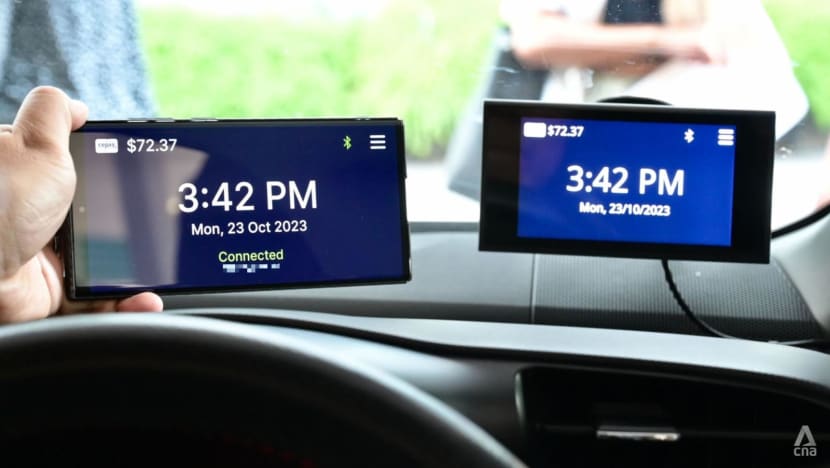
Motorists who opt out of installing the touchscreen display (right) can still access key on-board unit information via compatible smartphone apps. (Photo: CNA/Hanidah Amin)

This audio is generated by an AI tool.
SINGAPORE: Company vehicles will be the first to get the new on-board unit (OBU) required for the ERP 2.0 system when the Land Transport Authority (LTA) rolls out its installation from Nov 1.
These vehicles include buses, goods vehicles, taxis and motorcycles that are registered to an organisation.
The new Electronic Road Pricing system, known as ERP 2.0, will be satellite-based and can detect whether a vehicle is in a congested area.
While ERP 2.0 has the capability to support distance-based charging through its global navigation satellite system, LTA said on Monday (Oct 23) that it has “no immediate plans” to introduce distance-based charging.
Every OBU will comprise three components: A processing unit, an antenna and a touchscreen display. For motorcycles, these three components will be integrated into a single-piece unit.
Having taken in public feedback, LTA noted that motorists can opt out of installing the touchscreen display, the agency said in a press release.
Some motorists had complained that the new unit would be too bulky and inelegant when the design was first announced in 2020.
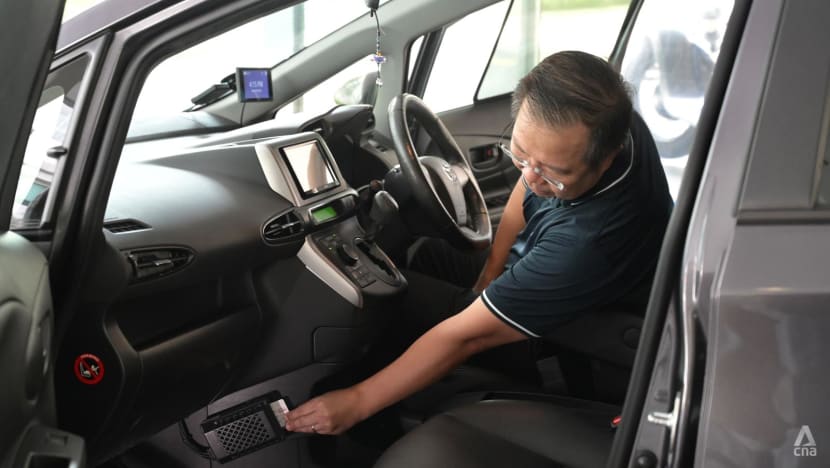
All other vehicles will be progressively fitted with the OBU, beginning with new vehicles from the first quarter of 2024. Installing the remaining existing vehicles will be scheduled in batches “based on the age of the vehicles”, said LTA.
The OBU exercise is expected to be completed by end-2025. More details about installation for individual vehicles will be announced early next year.
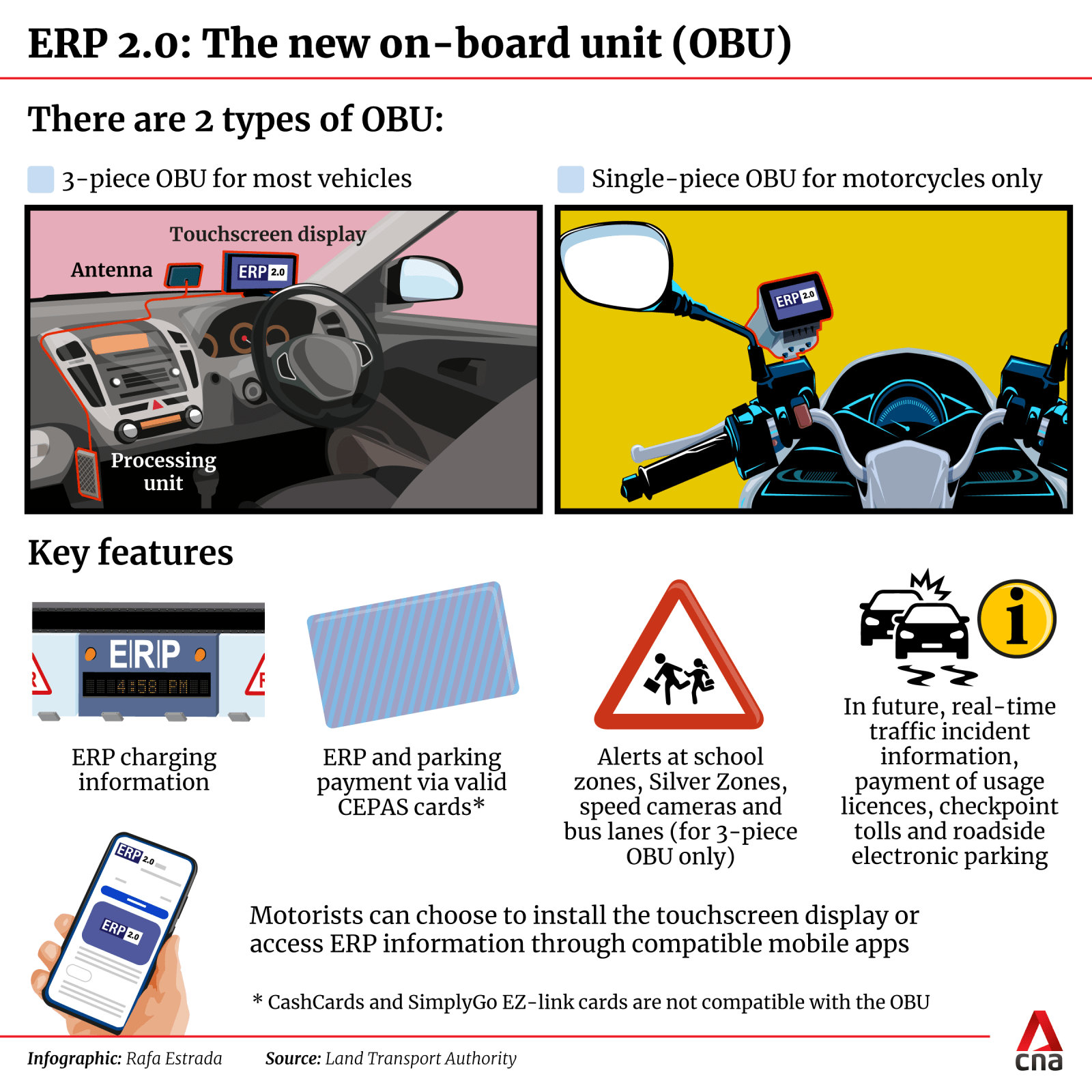
The installation of the units was previously delayed to 2023 due to a global microchip shortage caused by the COVID-19 pandemic.
All eligible Singapore-registered vehicles – except those due for mandatory deregistration during the course of the OBU installation – will get their unit for free.
Installation is also free if motorists complete it within the two-month period stated in their letter, email and/or SMS notification.
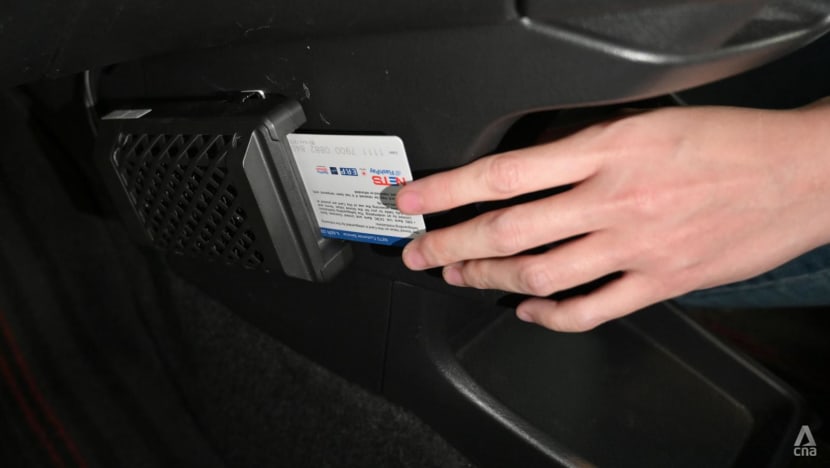
TOUCHSCREEN DISPLAY OPTIONAL, BUT "STRONGLY ENCOURAGED"
All Singapore-registered vehicles must have the new OBU installed.
Motorists are “strongly encouraged” to install all three OBU components to access the “full range of features”, such as paying for roadside parking, said LTA.
However, motorists who wish to opt out of installing the touchscreen display will still be able to access key OBU information via compatible mobile applications on their smartphones instead. Such applications include LTA’s ERP 2.0 app or other third-party apps listed on LTA’s OneMotoring site.
To help developers create apps that integrate and display ERP 2.0 data, while maintaining “strict security safeguards” on such data, LTA has also released a software development kit.
Mobile apps will display such information from the OBU: Road pricing alerts, charging information, information about payment status, traffic information, card balance and status, and backend payment account indicator.
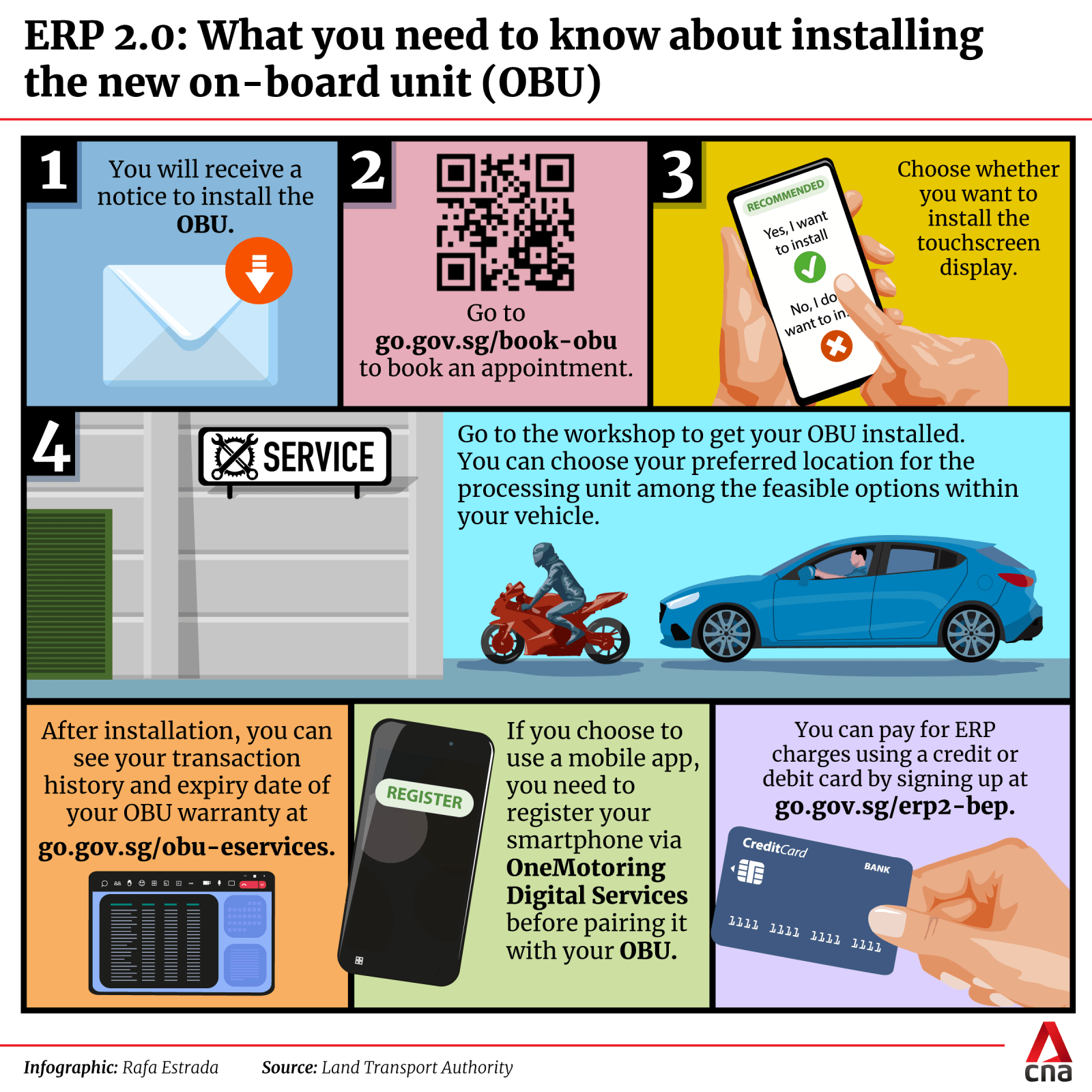
The touchscreen display will give motorists ERP-related information like ERP charges and card balance. It will also provide road and traffic updates, such as the location of Silver Zones, School Zones, speed cameras and bus lanes.
Silver Zones are specially designated residential areas with a high proportion of seniors, where the speed limit is reduced.
When ERP 2.0 is fully rolled out, the touchscreen display can support additional features, such as real-time traffic alerts like road closures and accidents, as well as payment for roadside parking. Singapore-registered cars will also be able to pay for tolls at the checkpoints.
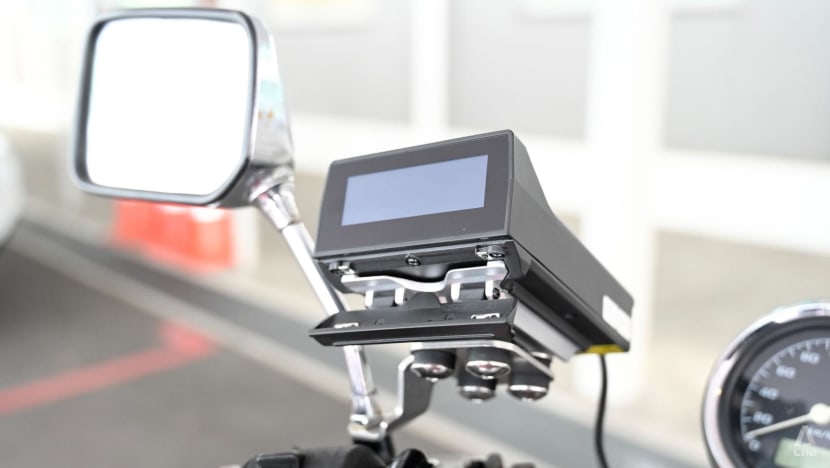
All motorists will be given all components of the unit. If those who initially opt out of installing the touchscreen display eventually change their mind, they can visit authorised workshops to install the touchscreen display at their own cost.
The OBU is designed to work with existing systems, including ERP and parking gantries. There will be no change to how motorists are currently charged for ERP during the transition period, said LTA.
















